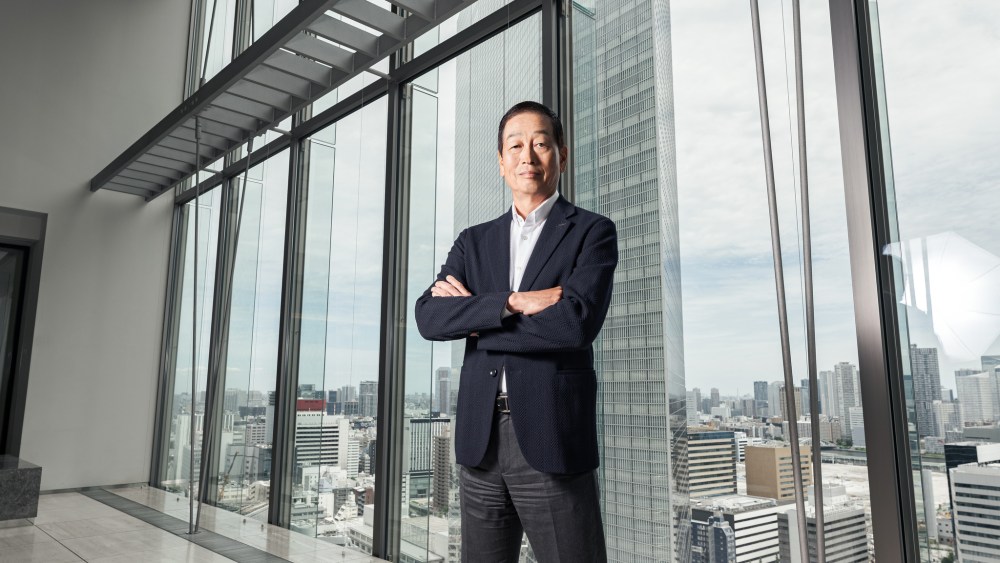In 2024, Shiseido reported stable sales figures buoyed by domestic market demand, yet its operating profit dropped significantly by 73.1%. This downturn was influenced by deteriorating economic conditions in China and challenges within the travel retail sector. The company’s financial landscape indicated that while sales performance appeared resilient, underlying profit issues indicated deeper struggles tied to broader market influences.
In response to these challenges, Shiseido rolled out a new action plan for 2025 and 2026, supplementing its existing medium-term strategy aimed at creating a more profitable business structure and improving operational governance. The plan emphasizes a strategic focus on key brands to enhance their market presence, promoting a united operating model across different brands and geographical regions. Shiseido’s core brands, namely Shiseido, Clé de Peau Beauté, and Nars, collectively termed the “Core 3,” will receive special attention. Additionally, five emerging brands, including Anessa and Drunk Elephant, will be grouped into the “Next 5” for targeted growth.
To further bolster profitability and create a sustainable operational foundation, Shiseido is committed to revitalizing its presence in China and the travel retail market while also re-evaluating its cost structure. This includes exploring exit strategies for underperforming segments and implementing a voluntary retirement program for its Japanese workforce. These steps reflect Shiseido’s larger strategy to optimize operations and ensure its long-term viability and competitiveness in a rapidly evolving beauty landscape.
Amidst restructuring, Shiseido continued to make strategic acquisitions to enhance its product portfolio. The integration of DDG Skincare Holdings, known for Dr. Dennis Gross Skincare, was a notable move aimed at strengthening its position in the prestige skincare market. Additionally, a licensing agreement with Max Mara for fragrance development demonstrates Shiseido’s active pursuit of growth opportunities in areas where it has historically performed well.
As Shiseido navigates these transitions, leadership changes are also unfolding. Masahiko Uotani retired at the end of December after a transformative decade at the helm, handing over the leadership to Kentaro Fujiwara. Uotani’s legacy includes shifting Shiseido’s identity from a domestic-focused brand to a truly global player, reflecting the innovations and diversities of global markets. In March 2024, Alberto Noe was appointed as CEO for the EMEA division, marking a continued evolution in Shiseido’s leadership to respond to changing market dynamics and recovery needs.
In terms of specific market performance, Shiseido enjoyed robust growth in the domestic market, propelled largely by its flagship brands, while also seeing decent sales from tourists visiting Japan. The launch of innovative products like the Foundation Serum contributed to attracting a younger demographic. Conversely, sales in other regions such as the Americas declined, primarily due to challenges faced by Drunk Elephant amidst shifting consumer preferences. Despite these hurdles, some of Shiseido’s brands, including Clé de Peau Beauté and Nars, showed positive momentum in China, suggesting potential for recovery as the company continues its strategic initiatives to reinvigorate growth and improve profitability globally.

